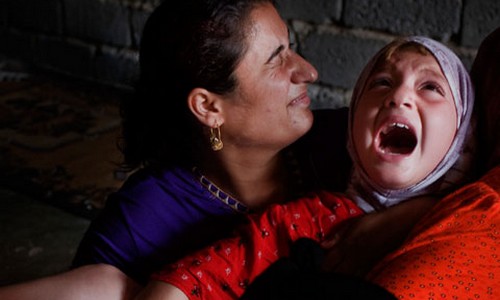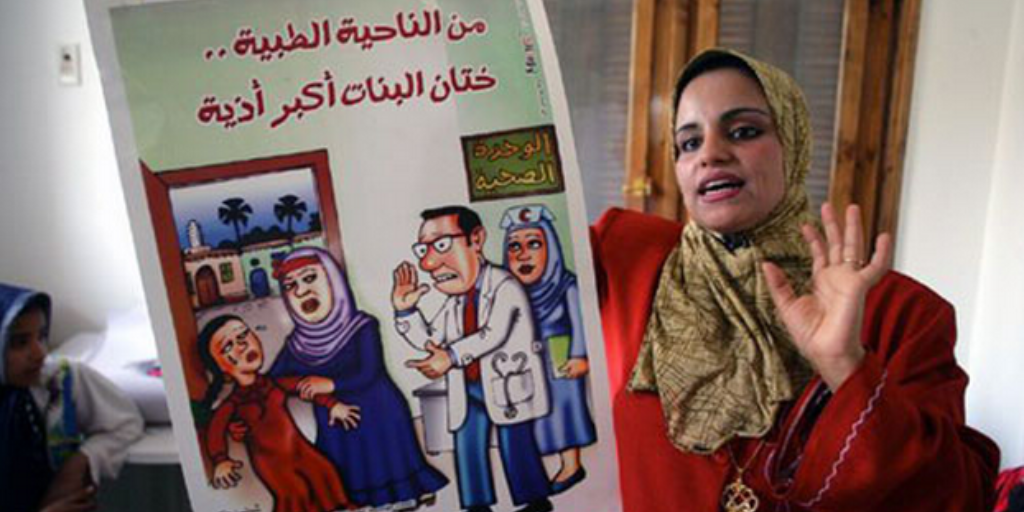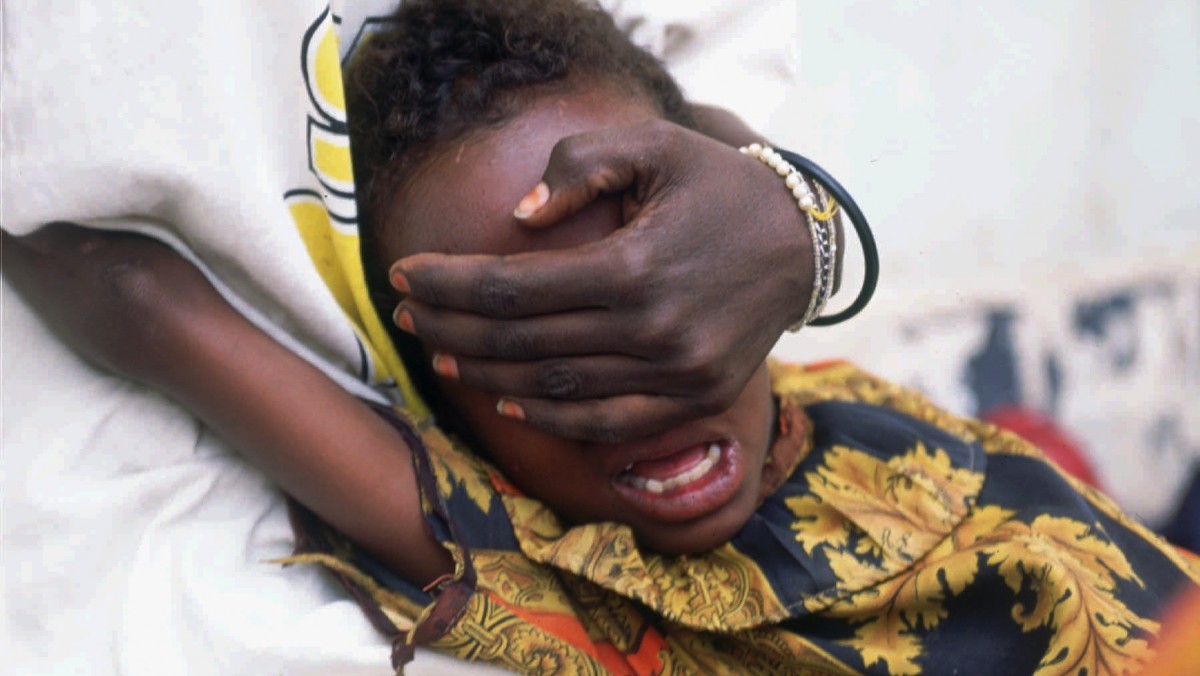The 6th of February marked the International Day for Zero Tolerance of Female Genital Mutilation.
Unbeknownst to many, the practice – although barbaric and extremely dangerous – is still widely practiced in many societies around the world today. According to the World Health Organization (WHO), an estimated three million girls below the age of 15 years old are at risk of undergoing female genital mutilation (FGM) each year.

FGM refers to all procedures involving partial or total removal of the female external genitalia or other injury to the female genital organs for non-medical reasons as defined by the World Health Organisation (WHO). It ranges from the pricking or scraping of the genitalia, to the complete removal of the clitoris and the narrowing of the vaginal orifice.
Undergoing the practice poses significant physical and emotional risks, and has no known health benefits. It also dramatically decreases a woman’s fertility, and expectant mothers are more likely to suffer complications during childbirth. The WHO also estimated in 2006 that an additional 10-20 babies die per 1,000 deliveries due to their mothers being victims of FGM.
According to UNICEF, at least 200 million girls and women have been subjected to the procedure in their lifetime – and that is just the number of known cases. These incidents have been reported in over 30 different countries, majority of which are on the African continent.
Sadly, the practice is not confined to one continent or region only. There have been thousands of incidences of FGM reported in the developed world, particularly in Europe.
The End FGM European Network, an umbrella organization of several Europe-based non-profit groups aiming to end the practice, states that there are 180,000 females in Europe at risk of undergoing the procedure each year. The UNHCR, the global organization’s refugee agency, also reported that there were 25,545 asylum seekers to Europe in 2013 who cited the threat of undergoing FGM as their chief reason for seeking refugee status.
The United Kingdom’s Health and Social Care Information Centre released a report in 2016 that there was an astounding 1,200 cases of FGM recorded in just three months, between January and March of that year. To make matters worse, the same report said that 2% of the cases were on girls under the age of 18 years.

The practice of FGM is mainly due to cultural and religious reasons, with “preserving a woman’s chastity and purity” a major justification for it. Surveys included in a UNICEF study show that it is considered a religious requirement in sectors of society in Mauritania, Guinea and Mali. As stated previously, there are no proven health benefits of FGM and multitudes of data which shows detrimental effects of it; above all, the procedure is done without the consent of the woman which is an egregious violation of her human rights.
What should be reflected on every February 6th, the international day for the awareness of FGM, is that this archaic and brutal practice is not just confined to destitute and far-flung societies where the culture has not adapted to modern conventions but that it is also present in developed, Western countries. It is easy to ignore tragedies which occur in places we imagine to be foreign, but we are driven to urgency when it is reported in places closer to home.
Sadly, there are many barriers that hinder the complete eradication of this practice. Many proponents argue that families should be allowed to perform the procedure for religious reasons, with two defense lawyers in Detroit, Michigan arguing for it and even a group of gynecologists publishing a medical journal calling for “mild versions” of FGM to be legal to accomodate tradition.
However, an individual’s human rights should not be trumped by outdated religious or cultural practices regardless of how convinced that society is that the practice is justified. Female genital mutilation is done against the will of the victim, and the main reason for doing so – namely, to preserve purity – is inherently sexist.
There are numerous advocacy groups campaigning to rid the world of FGM, but the gargantuan task of stamping out a deeply-entrenched cultural practice cannot be done by them alone – state governments need to be strongly involved as well. A total of 30 states have enacted laws criminalizing the procedure, but some of these countries still report cases of FGM happening in their jurisdiction which means that its enforcement is not effective.
In fairness, given the cultural and religious reasons of FGM, there won’t be a silver bullet nor a simple solution. However, by increasing awareness that such a draconic practice still exists in modern times hopefully more work would be undertaken to finally stop it.

